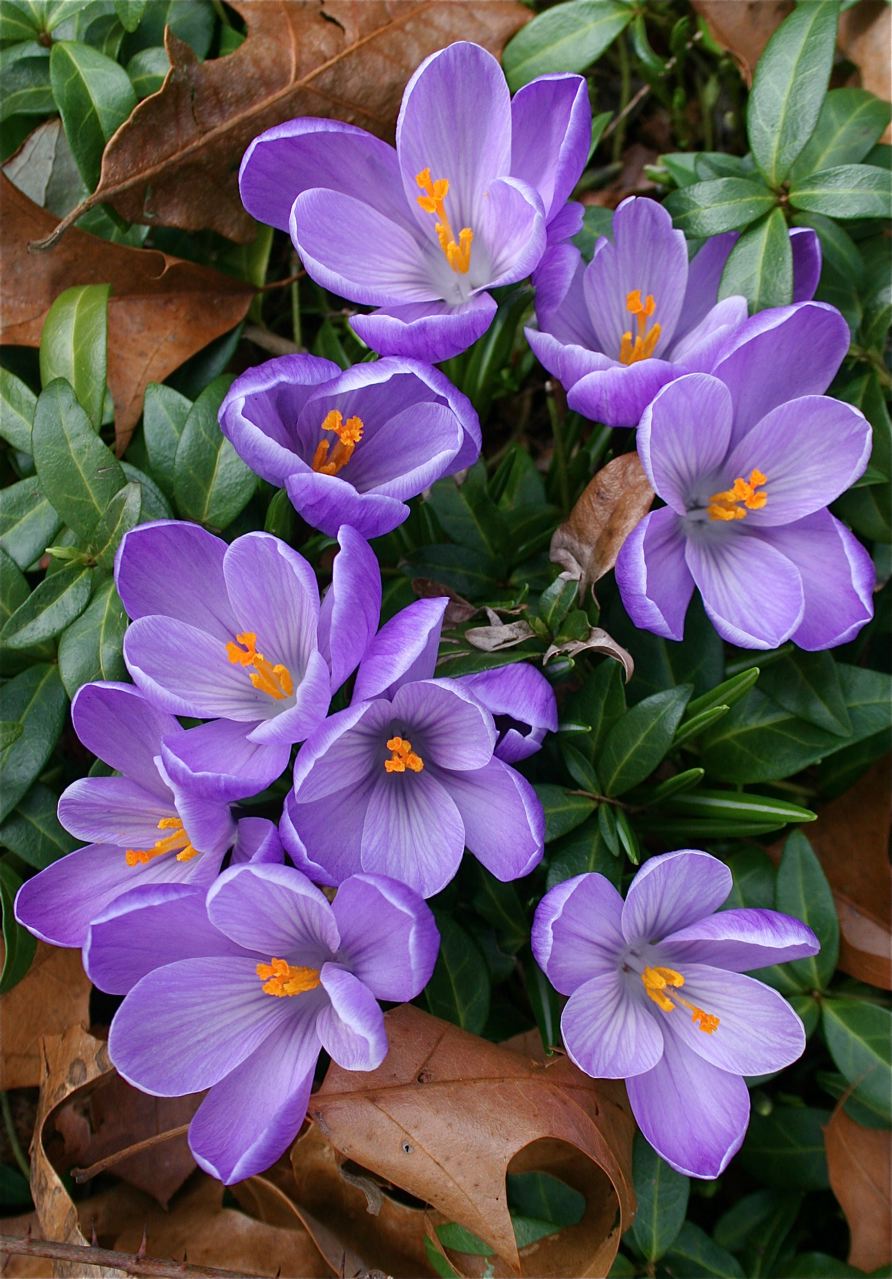Oooh, it was cold today! Well, not so much temperature-wise, but the wind chill made it pretty hard to stay on the beach for long.
This journal drawing honors my best fossils from this week. Each one was found on a different day, each one a thrill. For the record, I'm serious about my fossils and have five fossil books that help me identify what I find.... so when I say that one is a camel tooth, it's true. There is a particular way a camel tooth is different from horse's tooth - I won't go into details. ;-)
These fossils are all Pleistocene material, which means they are between 10 thousand to 1.8 million years old. That long ago South Carolina had many different animals wandering around - Mastadon, Mammoth, Giant Ground Sloths, Camels, Saber Tooth Cats, Dire Wolves, Capybara, Glyptodonts, and more. We know this from finding their fossilized bones, bones which have turned to stone. This is how you can tell it's not new material. In fact, I did find a huge femur-looking bone at low tide, and my heart skipped a beat! Wow! But when I picked it up it was very light weight, and when I tapped it with an oyster shell, the sound was not the high, ringing (rock) evidence of a fossil... it was a soft, unimpressive thud. I was sad, but it is what it is. This is to say, the fossils above are good, though, and passed all the tests.
We have one more day, and windy or not, I'll be out fossil hunting. Maybe I'll have something exciting to share tomorrow.
Helen
A minute after taking this, I found the claw!






































